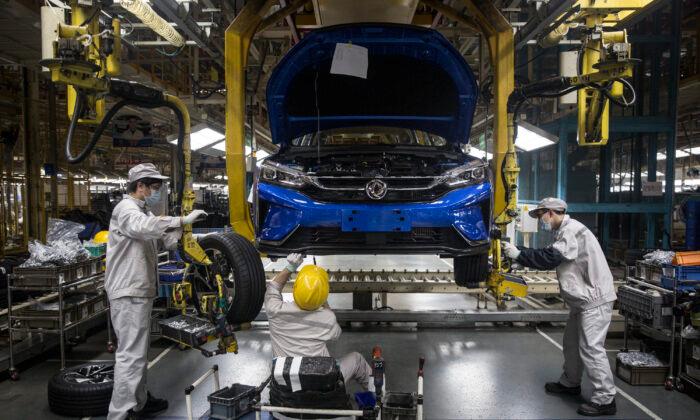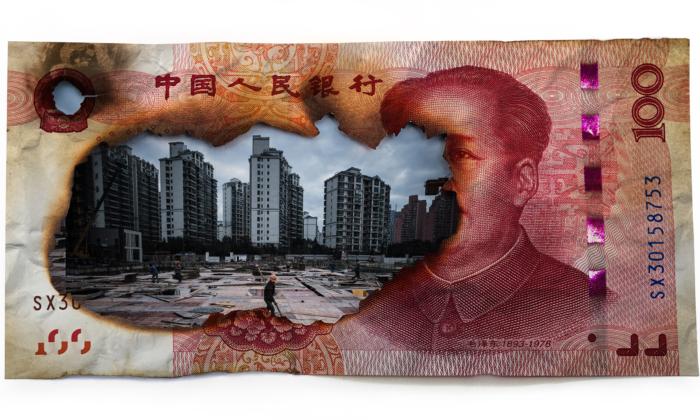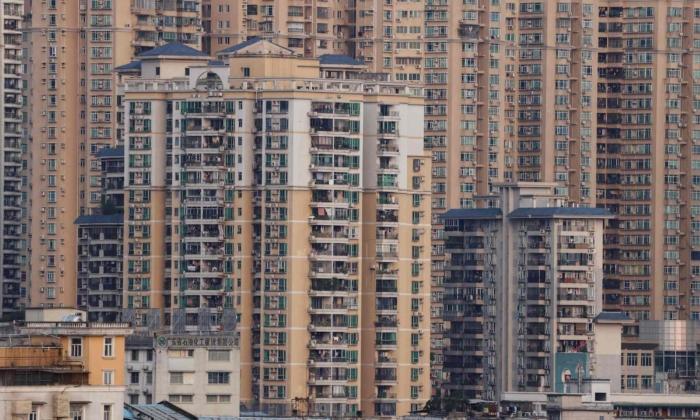Automobile sales in China were completely blitzed during the first quarter of 2020.
China auto sales fell an annualized 43 percent in March, official data released by the government-backed China Association of Automobile Manufacturers showed on April 10. The world’s largest auto market has struggled to get back on track following an extended drop in demand—made worse by the ongoing pandemic of the CCP virus, commonly known as novel coronavirus.
Results in March were slightly better than February, when sales cratered 79 percent as most of the country was under lockdown. However, March data was still unsatisfactory, given that Beijing had looked to open the economy as quickly as possible.
Horrid Timing
The Chinese market isn’t only vital for local domestic automakers, but foreign brands such as General Motors Co. and Volkswagen AG in recent years have pinned their growth prospects on China.The timing of the pandemic is particularly damaging for the Chinese auto market, which came into 2020 with big expectations following two years of declining sales due to lower demand and overproduction.
Those figures are certainly understating the true jobless figures. Off the bat, migrant workers are not included. But it’s useful in this instance as the official NBS unemployment figures do count workers in China’s urban centers. And it’s likely that most of those 5 million unemployed people previously had economic means to purchase cars.
Local automakers also appear to be disproportionately affected by the CCP virus.
Loosening Restrictions
Three months into 2020, it already looks to be a lost cause for the Chinese auto industry.To combat sagging demand, Beijing is implementing measures to stimulate the economy and revive consumer spending.
At a macro level, China’s total social financing (TSF) rose to a record 5.2 trillion yuan ($730 billion) in March. TSF is the broadest measure of China’s total financing and includes both on-balance sheet (via commercial lenders) and off-balance-sheet financing (via shadow banks and trusts). This means that companies are being granted unprecedented liquidity funding to survive the current downturn.
A slew of industry-specific actions also took place. Beijing announced in March that it would extend electric vehicle (EV) purchase subsidies through 2022, which were supposed to end this year.
China is pushing to become a global leader in EV adoption. But EV sales during the January to March period dropped by 56 percent, according to the WSJ. And China’s EV industry is notoriously fragmented, with dozens of startups vying for attention. WM Motor, NIO, and Xpeng Motors are the three most prominent EV makers with major Chinese backing from Tencent, Alibaba Group Holding, and Baidu, respectively. But dozens of EV automakers had limited funding even before the pandemic hit.
Local authorities have also begun to offer consumer subsidies. Cities such as Changsha, Guangzhou, and Ningbo are offering incentives to potential buyers.
Changsha, for example, announced last month that it would offer rebates up to 3,000 yuan ($429) to buyers of new cars built locally from March 11 to June 30.
Taking a page from U.S. President Donald Trump’s playbook, Beijing policymakers are also considering delaying implementation of more stringent emissions rules by six months, to help the auto industry weather the storm.
The Trump administration recently rolled back vehicle emissions standards adopted under the Obama administration—requiring 1.5 percent annual increases in fuel efficiency, much more lenient than the 5 percent previously mandated.






Friends Read Free